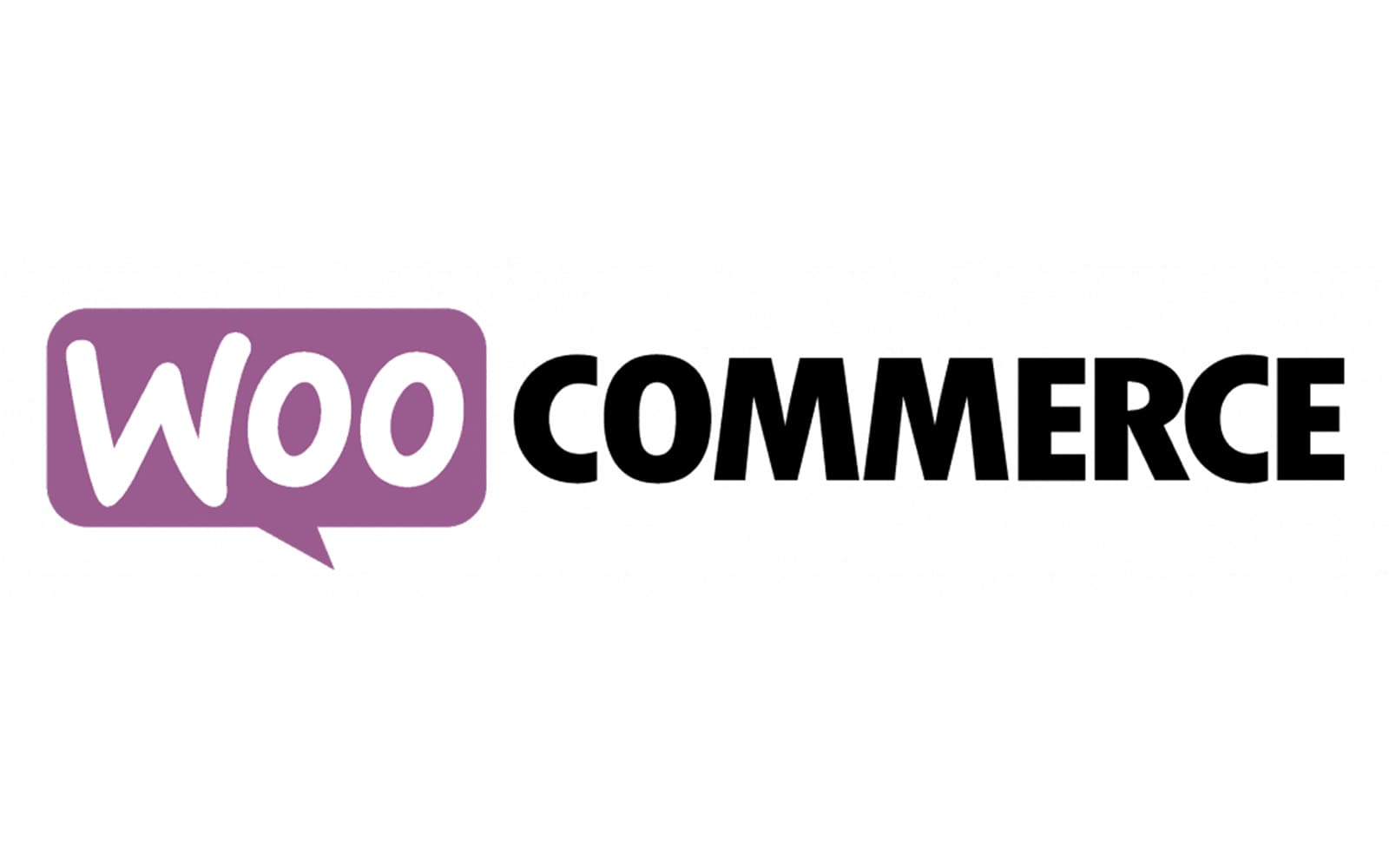
Starting From
- Core plugin: Free
- Hosting & domain: ~$135–$250/year
- Extensions: $0–$500+/year
PROS
- Free, open-source, and highly customizable
- Huge plugin/theme ecosystem
- You own your data—no platform lock-in
CONS
- Performance depends heavily on hosting quality
- Steep technical learning curve
- Extension/plugin costs can add up
WooCommerce Review
Heads up: This review contains affiliate links—if you click and buy, I may earn a small commission at no extra cost to you. I only recommend tools I’d pitch to a friend and believe in.
WooCommerce is the free, open-source e‑commerce plugin for WordPress—perfect for store owners who want full flexibility and control. It’s incredibly customizable, but you’ll need to manage hosting, maintenance, and extensions yourself.
Quick Answers
- What is WooCommerce? A free WordPress plugin that turns your site into a fully-featured store, extendable via themes and plugins.
- Who’s it for? WordPress users and developers wanting full control over design, functionality, and costs.
- Key features? Supports all product types, inventory, shipping, analytics, and thousands of extensions.
- Compared to alternatives? More flexible and cost-effective than hosted platforms—but requires DIY hosting and upkeep.
- Easy to set up? Simple if you know WordPress; otherwise it requires hosting, SSL, backups, and plugin installation.
- Integrations? Virtually unlimited via plugins—payment gateways, themes, marketing tools, marketplaces, and more.
- How much? Free plugin; expect $135–$250/year for hosting and domain; $0–$500+/year for extensions.
- Pros & cons? ✅ Free and open-source; ✅ Massive ecosystem; ✅ Full data ownership. ❌ Hosting performance matters; ❌ Technical setup; ❌ Costs can escalate.
- Worth it? Yes—if you’re comfortable managing technical aspects for the flexibility and savings you get.
- Where to get it? Get WooCommerce now →
1. Features & Capabilities
WooCommerce supports every product type: physical, digital downloads, variations, subscriptions, bookings, memberships, and more. Inventory tracking, configurable shipping zones, tax settings, and dashboard analytics come built in.
Their official extensions library and broader WordPress ecosystem offers tools for payments (Stripe, PayPal, Klarna), multichannel sync, multi-currency, marketplaces, B2B pricing, print-on-demand, affiliate management, and more—whether free or premium.
Since it’s open-source, you own all customer and store data. That makes custom reports, migrations, and advanced integrations possible without vendor lock-in. Developers can also use hooks, filters, and REST APIs to tailor every part of the storefront or back end.
That said, core WooCommerce doesn’t include sophisticated marketing tools, advanced B2B features, or hosted performance—those require choosing the right plugins or managed hosting provider.
2. Pricing & Value
WooCommerce is free, but you’ll pay for hosting, domain registration, SSL certificates. For a small store using shared or VPS hosting, expect around $135–$250 per year. Managed WooCommerce hosting can push costs higher but delivers better performance and uptime.
Typical premium extensions (subscriptions, bookings, memberships, multi-currency) range from $29 to $199 annually. A mid-sized store often spends $100–$500/year on functionality, plus theme costs of $50–$150 one-time.
Payment gateways charge standard transaction fees—WooPayments is 2.9% + 30¢ in the U.S. International cards or alternate methods may incur extra charges from third-party gateways.
Once cumulative costs are calculated, WooCommerce can be more cost-effective than Shopify, BigCommerce, or Squarespace, especially in the mid-to-large volume range. There’s also no platform cut—your margins remain yours.
Free
$0
- Core plugin, inventory, checkout
- Built-in analytics, shipping, tax
Starter Setup
$135–$250/year
- Hosting, domain, SSL
- Basic theme & security
Extended
$200–$500+/year
- Additional premium plugins
- Backups, security, advanced extensions
3. Ease of Use & Onboarding
If you’re familiar with WordPress, WooCommerce is straightforward—install the plugin, follow the wizard, and launch your first products in minutes. Many hosting providers even offer one-click WooCommerce installs.
However, you’ll need to manually configure hosting environments, SSL, caching, backup tools, and choose plugins for extended functionality—all requiring technical awareness. For non-technical users, this can be a barrier.
Maintenance tasks like updates, security, backups, staging, and performance tuning fall to the store owner or host—this isn’t a “set and forget” system unless you opt for managed hosting or developer support.
4. Case Studies & Reputation
WooCommerce powers over 5.8 million active sites and holds around 37% of global ecommerce market share. Its flexibility supports everything from niche indie brands to larger operations doing $100k+ in annual revenue.
Examples include BentoBox (restaurant experiences), Root Science (healthcare ecommerce), and AeroPress (crowdfunded physical products)—brands relying on WooCommerce for unique workflows.
User testimonials consistently celebrate its flexibility but caution new users on choosing solid hosting and plugin compatibility—poor combinations can lead to performance and security issues.
5. Customer Support & Reliability
Official support is available for WooCommerce.com hosted products and paid extensions. For broader help, there’s a vibrant community: support forums (WordPress.org, WooCommerce.com), StackOverflow, Facebook groups, and freelance developers.
Reliability and performance are dictated by your hosting—great hosts deliver uptime, fast load times, and scalable infrastructure. Poor hosts result in slow checkout, database errors, or downtime during traffic spikes.
If you’re running a store where downtime costs real revenue, investing in managed WooCommerce hosting (like WP Engine, Kinsta, Nexcess) is strongly recommended—it adds cost but provides support, speed, backups, and SLA peace of mind.
6. Summary & Final Rating
Pros
Cons
Final Rating: ★★★★☆ (4.7/5)
WooCommerce is perfect for users who crave flexibility, control, and cost transparency—and are comfortable handling hosting and technical upkeep. It’s powerful, extensible, and scalable—but demands active management or a trustworthy hosting partner to perform at its best.
